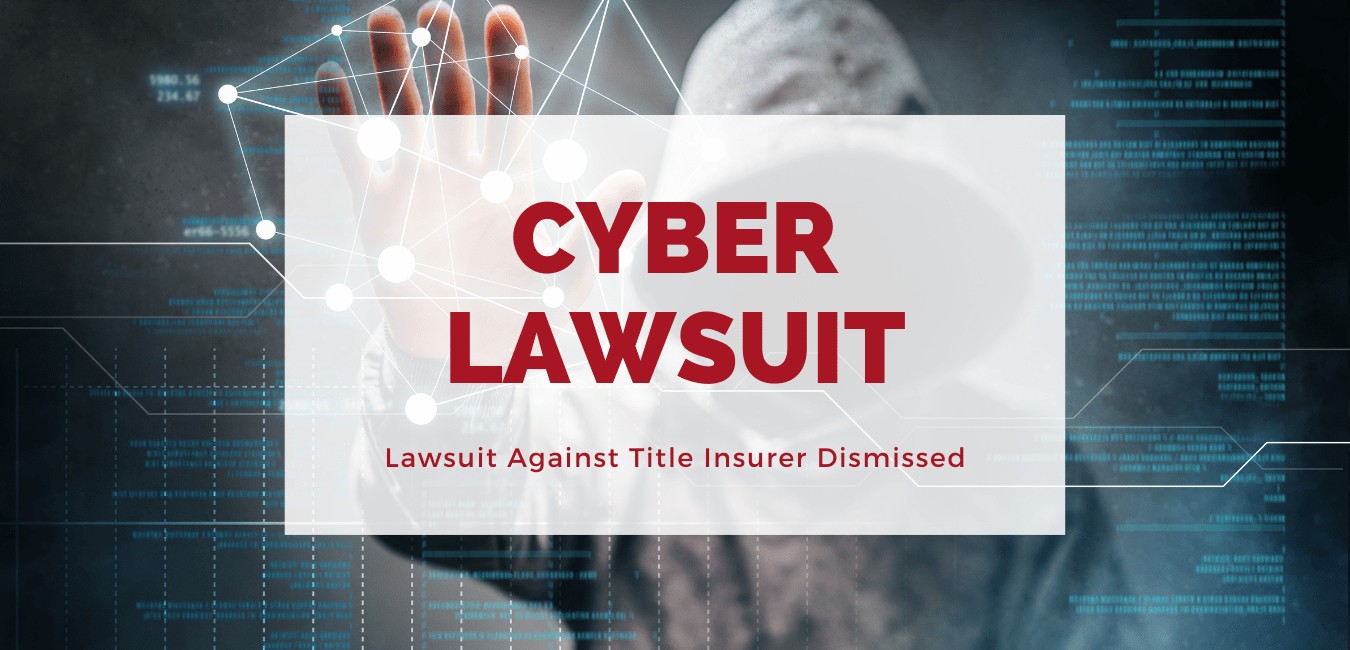
The two possessions that most concern insurers — homes and motor vehicles — happen to be the largest contributors to the historic 7.5% inflation rate announced. Last week you were reading A View From The Top Of A ‘Healthy But Evolving’ Reinsurance Market. This week we’re bringing you:
US P&C insurers see net underwriting loss of $5.6 billion*

Private US property and casualty (P&C) insurers saw a net underwriting loss of $5.6 billion in the first nine months of 2021, according to global data analytics provider, Verisk, and the American Property Casualty Insurance Association (APCIA).
Non-catastrophe losses returned to pre-pandemic levels, as illustrated by direct losses for personal auto liability, which increased by 14.1% in the nine-month period, pushing the industry’s combined ratio from 98.8% in the first nine months of 2020 to 99.5% in the same period last year.
At the same time, insured catastrophe-related losses remained high, with estimated nine-months net loss and loss adjustment expenses from catastrophes exceeding $48 billion in both 2020 and 2021.
“While catastrophes, including hurricane Ida in September 2021, brought major insured losses, it was an increase in non-catastrophic losses, especially in personal auto, that contributed the most to the worsening of underwriting results in 2021,” said Neil Spector, president of underwriting solutions at Verisk.
Why in-house expertise matters in cyber claims*

When an organization discovers a cyber incident – a ransomware attack, a data breach, or a network disruption not caused by cybercriminals – the first moments could very well be an emergency. In an emergency, our impulse is to dial 911 so that the dispatch center can send qualified first responders right away. Organizations need to realize that there are first responders for cyber events, too.
The most important part of a cyber insurance policy is the claims service that supports the promises made in the coverage contract. That is, to be there in case of an emergency. When a business experiences a cyber claim, it needs a single point of contact capable of coordinating a team of professionals with complex technical expertise. A crisis is not the time to vet new partners or wrestle with contract language. When a cyber incident occurs, the victim organization needs urgent help. The best way to get help from trusted resources is to build those relationships before they’re needed.
Most cyber insurers suggest they are a one-call-does-it-all solution on cyber claims. Many, if not most, cyber insurance policies offer access to outside professional resources, ranging from forensic investigators to legal services and breach coaching, often at lower rates than the policyholder could obtain on its own. But a claim is a poor time to discover that not all cyber insurers – or their partners – are equal. The claims experience can differ markedly from one cyber insurer to another because very few have in-house technical expertise on cybersecurity.
How Car, Home Inflation Is Driving Up Loss Costs for Insurers*

Perhaps that should be no surprise.
“It’s the things that we all spend the most money on,” said CCC Intelligent Solutions analyst Susanna Gotsch during an interview.
Gotsch posts periodic analyses of issues that impact auto insurance claims. Her February trends report is dedicated solely to inflation. CCC released the report a few days before the US Labor Department reported the greatest annual inflation rate since 1982, but the government has been tracking surging consumer prices month after month all year long.
CCC said that used car prices have increased 45.2% from June 2020 to June 2021. New car prices increased 12.2% in 2021, according to Labor Department data released last week. The government reported a 40.5% used car price increase from January 2021 to January 2022.
Shelter increased at an unadjusted 4.4% rate over the past year. Although that was a lower inflation rate than most other goods, FannieMae, the government-backed mortgage provider, calculated that increased costs for shelter contributed 1.5% of the overall inflation rate because it makes up such a large share of overall spending.
Gotsch said rising prices are driving up auto insurer loss costs. Rising replacement costs for vehicles increases the amount that can be considered a total loss, requiring insurers to pay for more expensive repairs.
Finding highly affordable leads to keep sales coming in
At iLeads, we have many great solutions for insurance agents at a low cost. If you’d like to see how we can help you bring in consistent sales for a great price, give us a call at (877) 245-3237!
We’re free and are taking phone-calls from 7AM to 5PM PST, Monday through Friday.
You can also schedule a call here.
